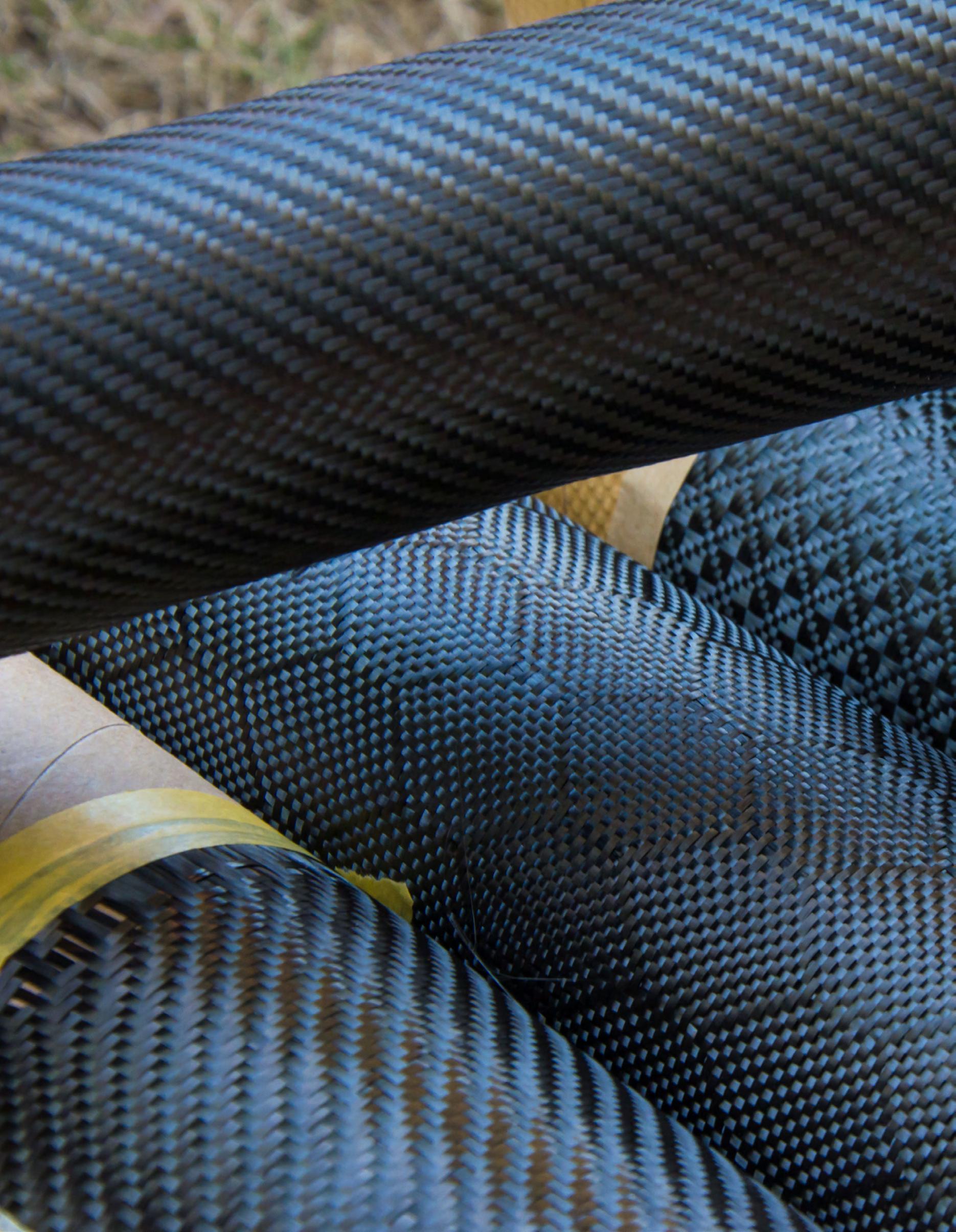
2 minute read
Fiber Reinforced Polymer Composite Materials
$2 MILLION (ANNUALLY) OPERATIONS & MAINTENANCE SAVINGS ON ONE TYPICAL NAVIGATION PROJECT
The Corps maintains 12,000 miles of inland waterways, including more than 200 inland navigation structures such as locks and dams. The majority of these structures were constructed between 1930 and 1950 with a 50- year economic service life, meaning they are beyond their intended lifespans. Due to national budgetary constraints, these aging structures are not being replaced, but simply maintained. However, the rate of degradation due to corrosion and wear now exceeds the rate at which they can be maintained. Since approximately 565 million tons of waterborne cargo are moved through these structures annually, prolonged component failure would have devastating effects on commerce. The Corps has placed a high priority on developing novel materials to repair or replace aging infrastructure to extend the structures’ working lifetime. Over the last decade, the Corps has demonstrated repair or replacement of typical construction materials with Fiber Reinforced Polymer (FRP) composite materials for numerous applications. These materials have been used to repair failing concrete, replace rotted timber, and repair or replace corroded metals. Since implementation, these FRP composite materials have been evaluated for their long-term durability, strength and performance to validate initial construction and long-term maintenance cost projections.

PROBLEM: As the Corps’ water resources infrastructure surpasses its designed service life, the risk of component failure due to material degradation is an increasing concern. Further, maintenance budgets are not keeping pace with the rate of degradation. Long-term performance data are needed to validate newer corrosion-resistant materials so they can be incorporated into industry specification and code documents for design engineers and maintenance personnel.
SOLUTION: Fiber Reinforced Polymer (FRP) composites are proving to be a significant advantage in replacing corrosion-prone steel, timber and concrete structural components; repairing degraded structures; and arresting crack propagation in hydraulic steel structures. Recent research into the long-term durability of FRP composite materials for these applications has proven their durability, strength, low initial costs, and low maintenance costs. This research will extend the life and long-term durability of Civil Works infrastructure.

IMPACT: Guide specification updates will provide minimum requirements for FRP composite materials in a specific application and realistic service life expectations, saving millions of dollars by extending time intervals between rehabilitation. For example, assuming that 10 percent of the Corps’ Civil Works infrastructure would benefit from FRP composites, and 5 percent of these need maintenance on an annual basis, use of FRP composites could save $2 million annually in Corps Operations & Maintenance on navigation lock gates alone. The savings potential for all applications of FRP composite materials is even greater.












